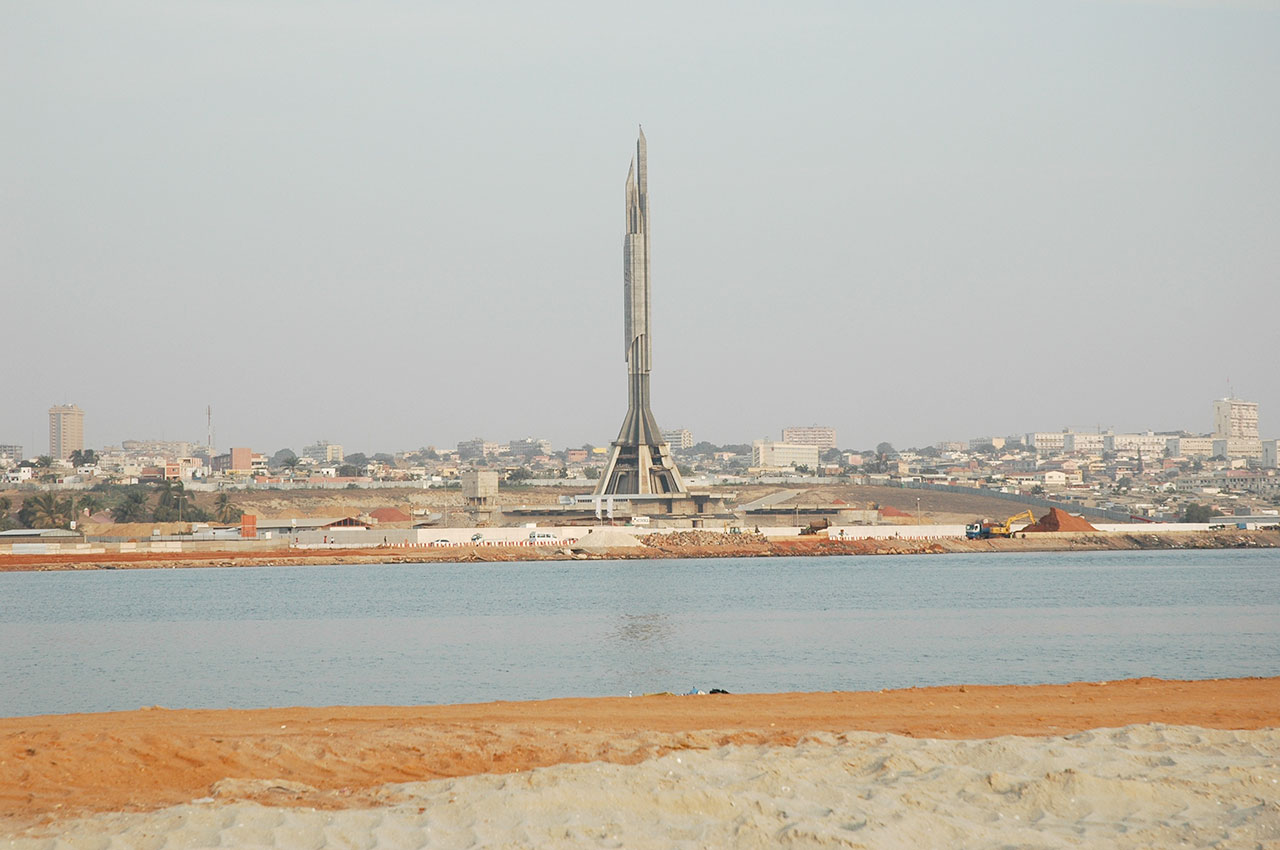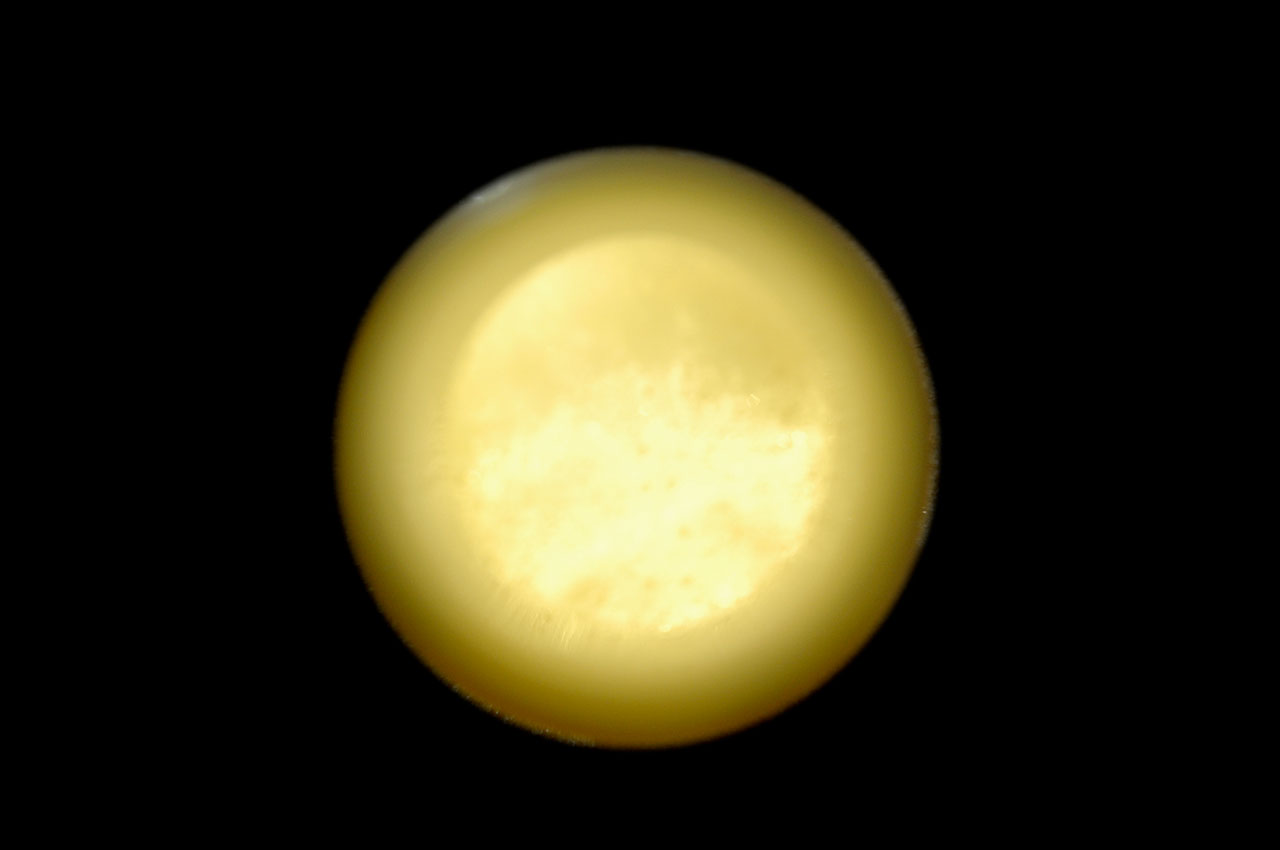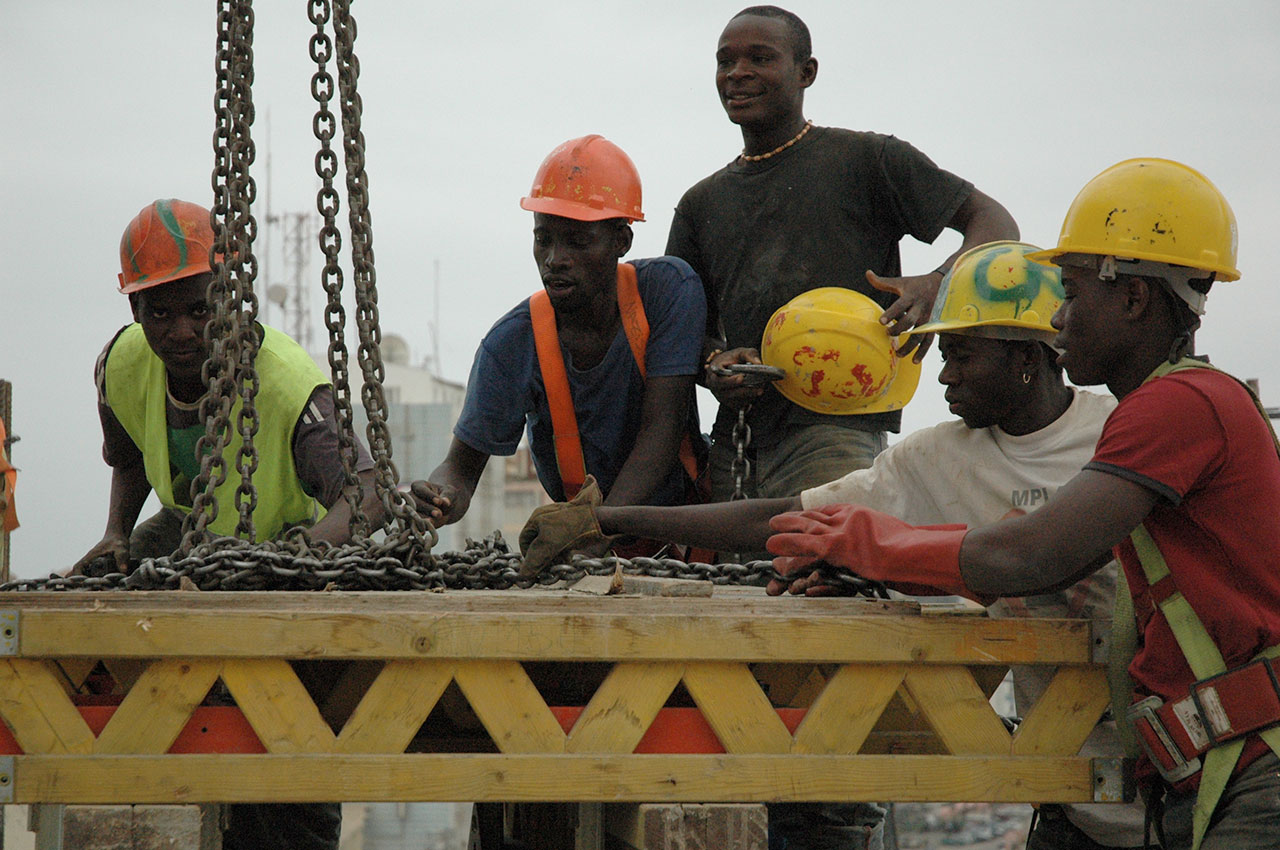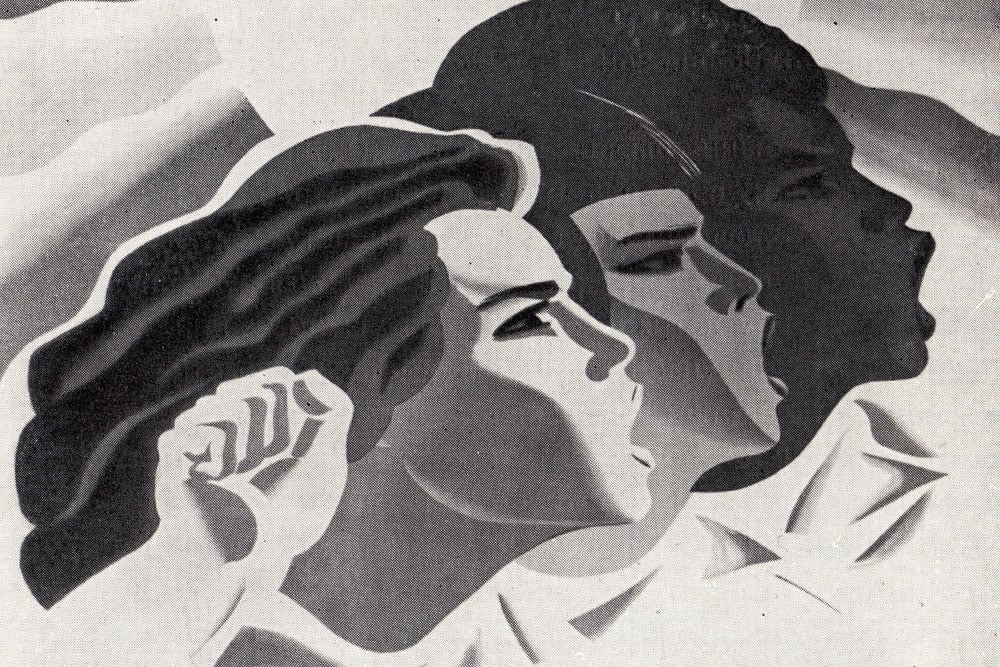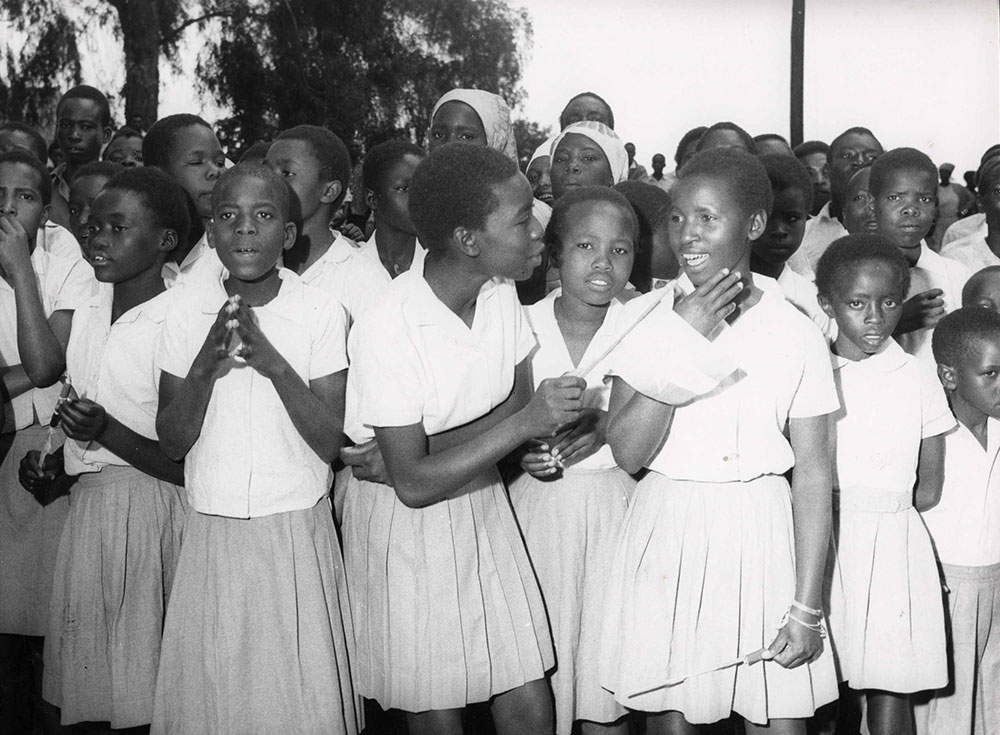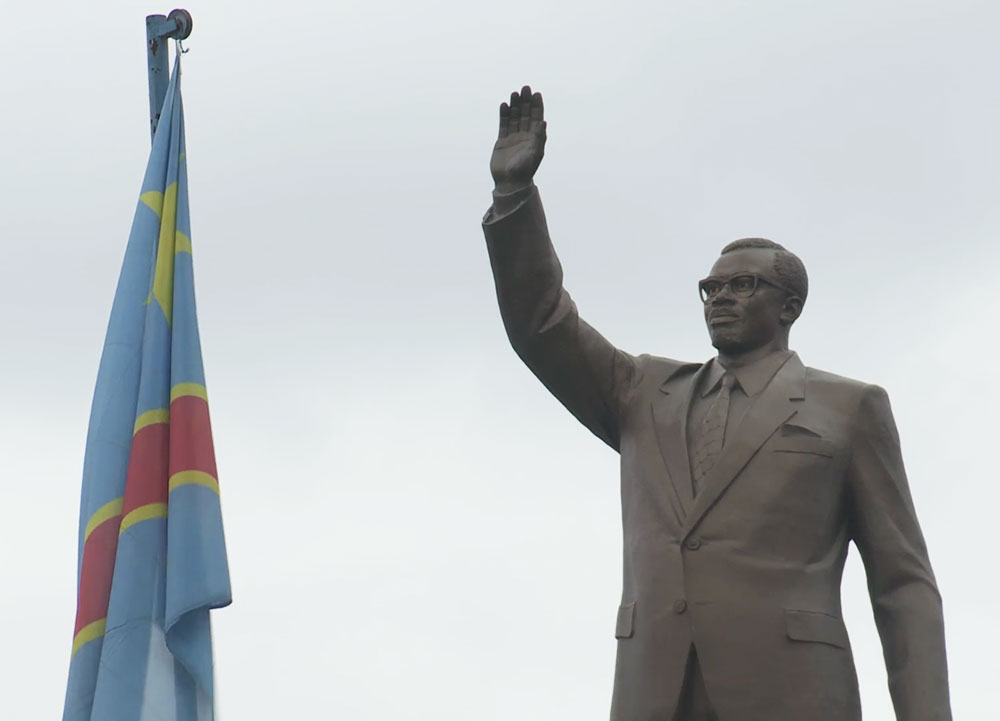Journey to the sun: true-life photos from Africa’s almost-real first space mission
Red AfricaLuanda-based artist Kiluanji Kia Henda Kia’s mission to the sun
Otherwordly light, futuristic but abandoned structures, the trappings of a vast and absent industry. In Icarus 13: The First Journey to the Sun (2008), Luanda-based artist Kiluanji Kia Henda imagines an African space mission but shows us only its shadow image. Perhaps this is the only way to bridge the gap between historical reality and postcolonial imagination in a nation like Angola.
Kia Henda’s photography has been described as an exercise in “pliable fiction”, maintaining a documentary ethos but repurposing the scenes captured to provoke new interpretations on the part of the viewer. The images that constitute Icarus 13 show us modern-day Angola, but they also hint at both an unfulfilled historical potential and a future forever out of reach. Kia Henda stages his mission to the sun in spaces both real and reimagined: fireworks over a football stadium become the blinding green light of take-off; independence-era leader Augusto Neto’s unfinished mausoleum becomes a sleek, needle-thin rocket; an unused cinema becomes a brutalist, concrete observatory. Kia Henda comes from a southern African tradition of documentary photography, but in recent years he has gone beyond the pure “fact” of what is in front of him. In true sci-fi fashion, he takes the familiar and makes it spectacular.
The repurposing of Neto’s Russian-built mausoleum for the series brings to mind the “real” Cold War Space Race. While that titanic struggle between the planet’s most heavily industrialised nations unfolded far from Angola, the former Portuguese colony received financial and cultural support from the Soviet Union in its bid to outflank the West on a geopolitical scale. Kia Henda’s work hints at an Angola that has absorbed something of the race to the stars, whilst adding a dystopian dimension to the utopia of the Soviet cult of space. With Angola experiencing an oil boom in recent years, the country like Icarus risks flying too close to the sun and crashing back to earth.
Kia Henda’s work hints at an Angola that has absorbed something of the race to the stars
“I grew up in an experimental period in a country that is as young as I am,” Kia Henda told Lígia Afonso recently. Icarus 13 is just one small example of an artist taking the energy of post-independence, Cold War Africa and fashioning it into something new and unsettling: a memorial to a future that never came to pass. As Kia Henda himself has said: “There are two things that are of vital interest for Africa: the ability to know about and write your own history, and the ability to plan for the future.”
Kiluanji Kia Henda’s work is featured in the exhibition Things Fall Apart, part of the Calvert 22 Foundation’s Red Africa season, from February 4th - April 3rd.





